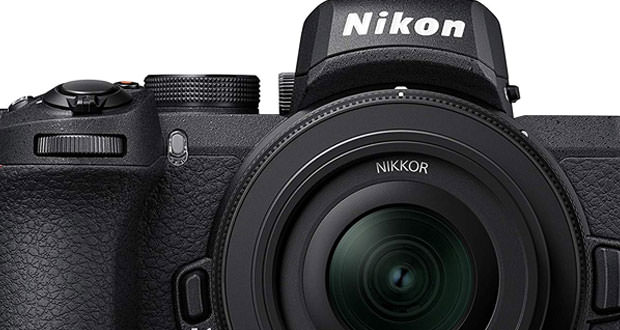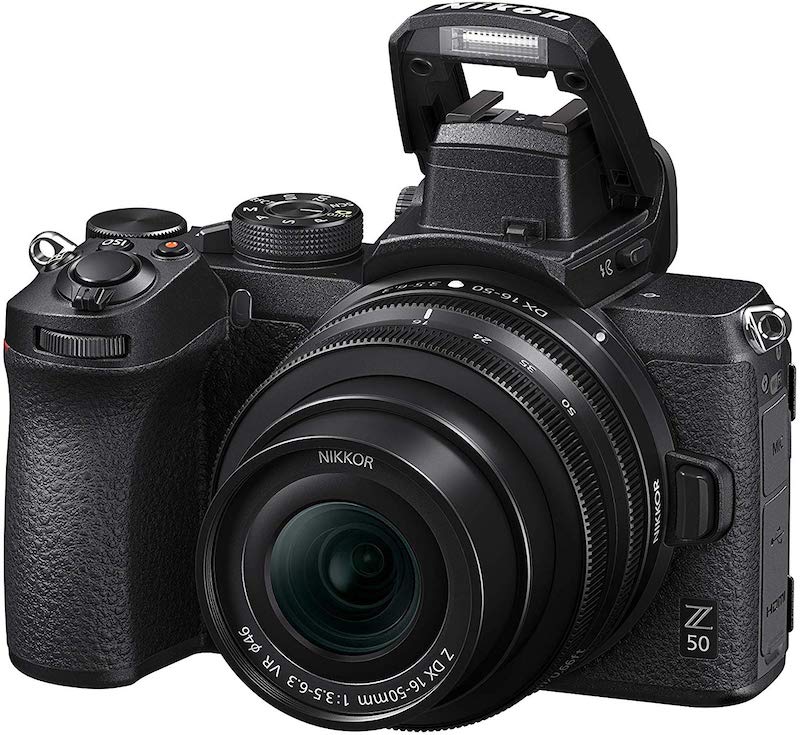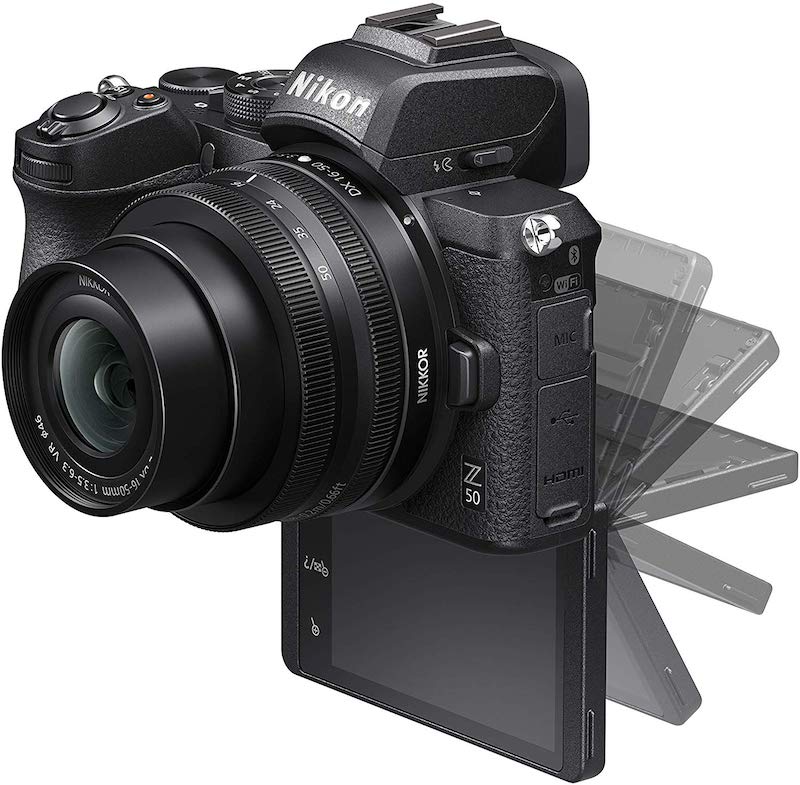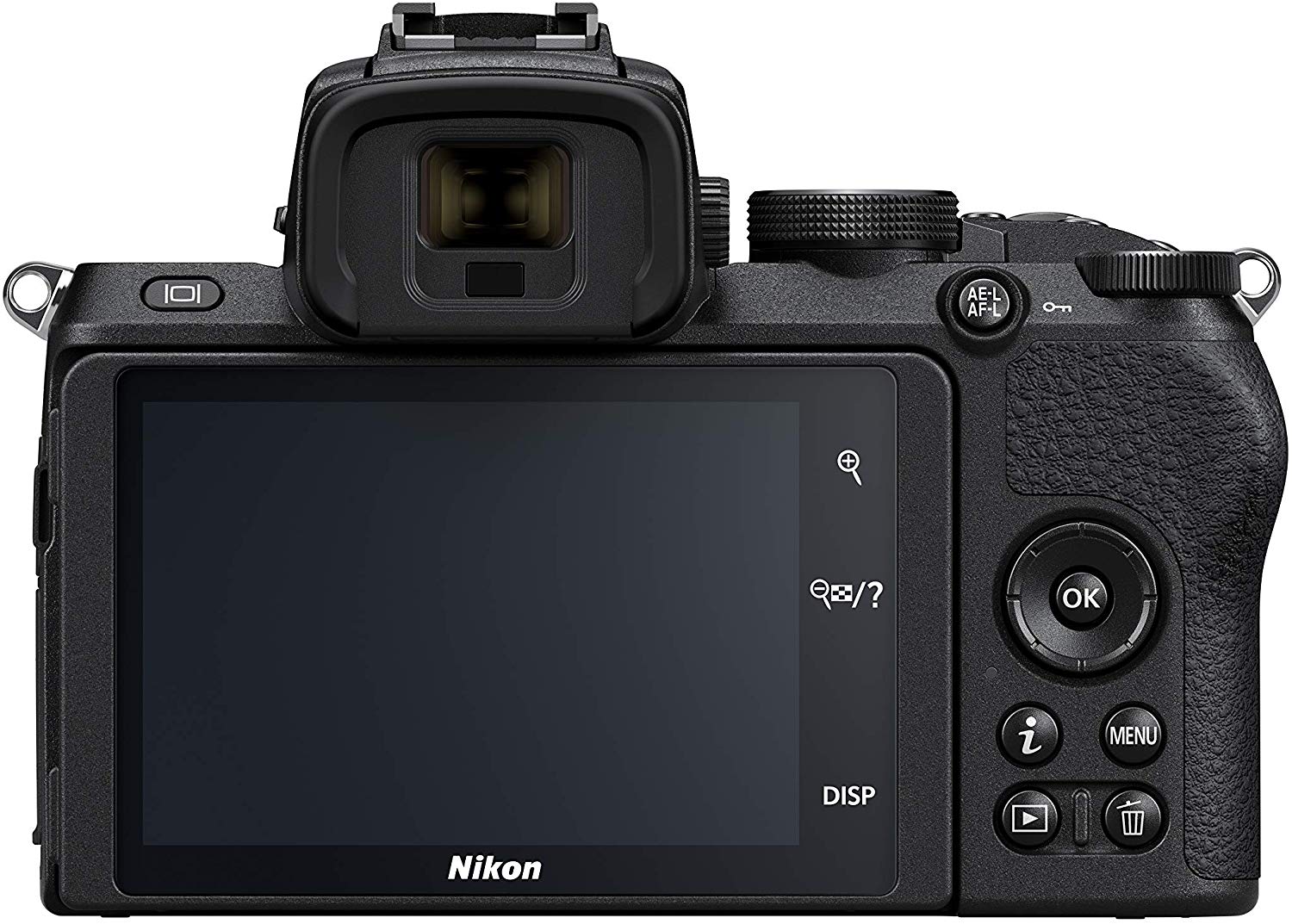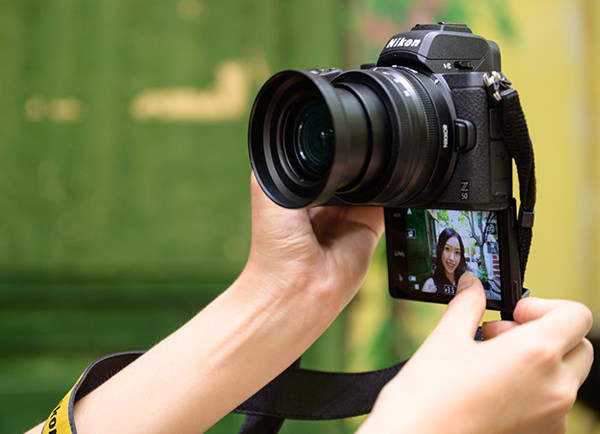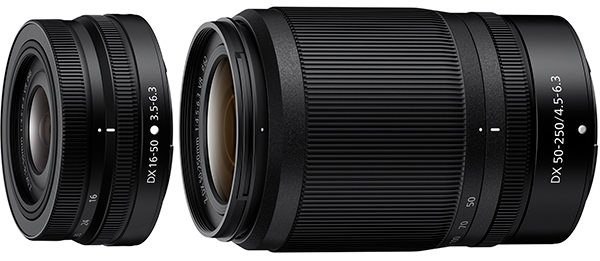Nikon Z50: 20.9 megapixel DX sensor, Eye-AF and two zoom
After debuting with his full frame mirrorless just over a year ago, Nikon now even puts a more accessible Nikon Z50 mirrorless camera on the plate, based on a sensor in DX format (the yellow name for the APS-C sensor from 23.5 x 15.7 mm) with 20.9 megapixels. Together with the Nikon camera it also reveals two lenses, NIKKOR Z DX 16-50mm f/3.5-6.3 VR and the NIKKOR Z DX 50-250mm f/4.5-6.3 VR.
Today, we can speak widely of the new Nikon Z50, officially presented by the Japanese manufacturer. After debuting with its full-frame mirrorless just over a year ago, Nikon now even puts a more accessible, mirrorless camera based on a DX format sensor (the designation for the APS-C sensor 23.5 x 15.7 mm) from 20.9 megapixels. Together with the Nikon camera it also reveals two lenses, NIKKOR Z DX 16-50mm f/3.5-6.3 VR and the NIKKOR Z DX 50-250mm f/4.5-6.3 VR.
As is the case at Sony in the E-Mount formats and FE, FX and DX share the same Z Mount bayonet, with the possibility of using the optics of the reflex systems of the Japanese company via the FTZ adapter.
The EXPEED 6 processor is the heart of the system and also manages the 209 phase detection points on the surface of the sensor, which together with the contrast focus the Hybrid-AF system. The AF points cover a very large portion of the frame (87% horizontally and 85% vertically). Nikon declares sensitivity up to -4EV and the system also offers the Eye-AF auto focus feature.
Interesting gust performance: up to 11 fps with AF autofocus and AE auto exposure. Of course, the camera can also be used in completely silent mode using the electronic shutter. As for the videos, we find 4K UHD 24/25/30p and Full HD 100/120p support. In terms of sensitivity, the camera moves between 100 and 51,200 ISO.
It offers an electronic viewfinder aligned with the sensor with a 2.36 million-point OLED panel and a 1.040k-dot touchscreen rear display. The screen can be tilted up and down. There is also a built-in GN 7 pop-up flash, in addition to the slide for external flashers. In this case, the format chosen for memory cards is the most traditional SD, with a different philosophy from the choice of XQDs on Z6 and Z7.
In terms of wireless connections, we find both Wi-Fi and Bluetooth, for the use of the app on SnapBridge smartphones, while among the physical ones stands out the little modern choice to integrate a Micro-USB Type-B connector, against the certainly more current Type -C. We then find Mini-HDMI and microphone input on a 3.5mm jack. The EN-EL25 battery should guarantee around 300 autonomy shots.
The camera was accompanied by two zoom lenses. The standard Nikkor Z DX 16-50mm f/3.5-6.3 VR zoom focuses on maximum space saving and adopts a collapsible design. It offers optical VR stabilization (fact the sensor is missing) and a minimum focusing distance of about 20 centimeters. The Nikkor Z DX 50-250 mm f/4.5-6.3 VR telezoom has also been stabilized, a traditional design, but still very compact.
With this camera, Nikon wants to attack a lower end of the market compared to the 35mm Z6 and Z7 and the price of the Nikon Z50 kit with 16-50mm should be around a thousand dollars.
Product prices and availability are subject to change. Any price and availablility information displayed on Amazon at the time of purchase will apply to the purchase of any products.

